Alfred Russel Wallace's Grave
The biologist's fossilized headstone was meant to reflect his love of nature. Its, ahem, unusual shape is probably just a coincidence.
When Alfred Russel Wallace died aged 90 in 1913, it was suggested he be buried in Westminster Abbey alongside Charles Darwin. After all, the naturalist and explorer co-discovered the theory of evolution by natural selection, an accomplishment that wasn’t nearly as heralded as that of his illustrious co-author.
However, Wallace’s family, reflecting the wishes of the scientist himself, chose a more humble final resting place, at Broadstone Cemetery in England. There, the renowned naturalist’s grave is marked by an unusual monument: the fossilized, 7-foot trunk of a 146-million-year-old tree, a conifer known as Protocupressinoxylon purbeckensis.
There is no record of why the trunk was chosen for his grave, but it is a fossil found on the nearby coast and is certainly appropriate given Wallace’s passion for natural history. One theory is that Wallace himself collected it on an 1894 trip to collect fossilized wood with an American scientist. There are no theories, however, about the tree’s, ahem, unusual shape. Its resemblance to a phallus was probably not foreseen at the time it was erected.
Wallace spent many years exploring the natural history of the Amazon and the Malay Archipelago (Singapore, Malaysia, Indonesia and East Timor). It was during these trips that he observed geographical changes in closely related animal species that would lead to his theory of natural selection. This idea came to him in a flash while in a malarial fit on the Indonesian island of Halmahera in 1858. When he recovered he wrote a detailed essay explaining his discovery, posting it to Darwin from the neighboring island of Ternate.
Wallace went on to write over 1,000 articles and 22 books about evolution and many other subjects. He is regarded as the founding father of evolutionary biogeography thanks to his many seminal publications on the subject, including his books The Geographical Distribution of Animals and Island Life. The book he wrote about his trip to South-East Asia, The Malay Archipelago, is one of the most highly regarded scientific travelogues of the 19th century.
Restoration projects to his unusual grave in 1999 and 2000 cut down an obstructive tree, cleaned and repaired the monument’s base, installed a granite surround, and added a new plaque to commemorate the scientist’s life.

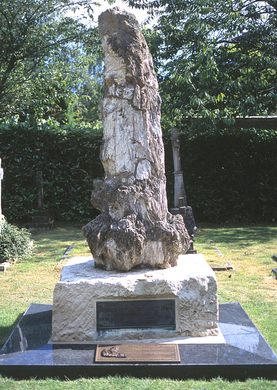

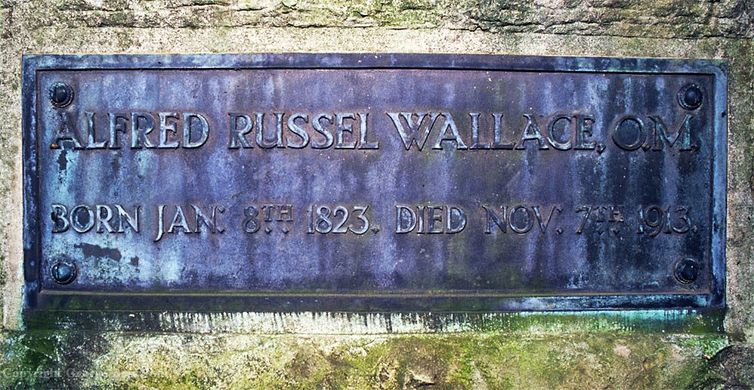

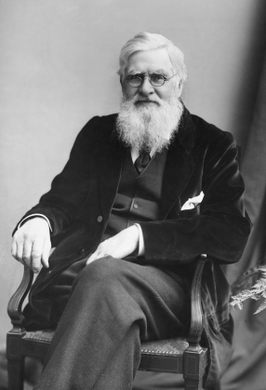


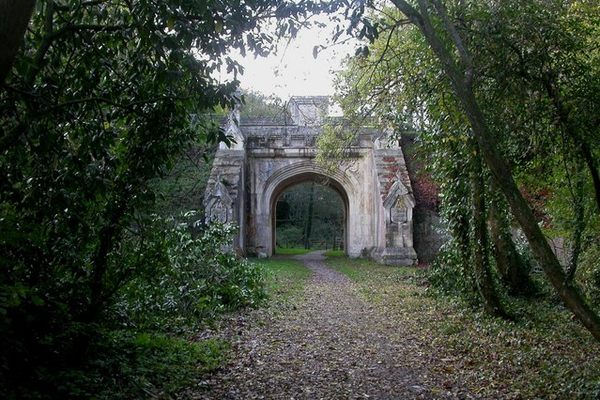
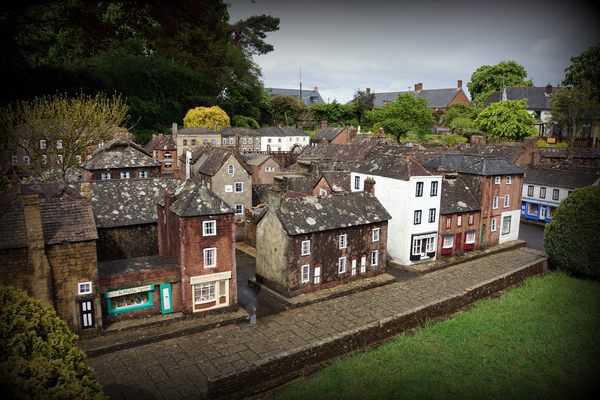



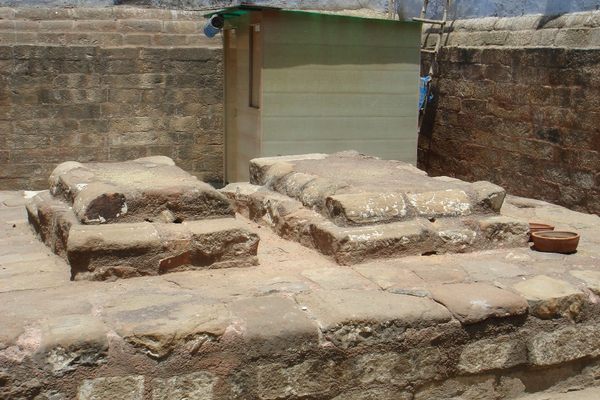

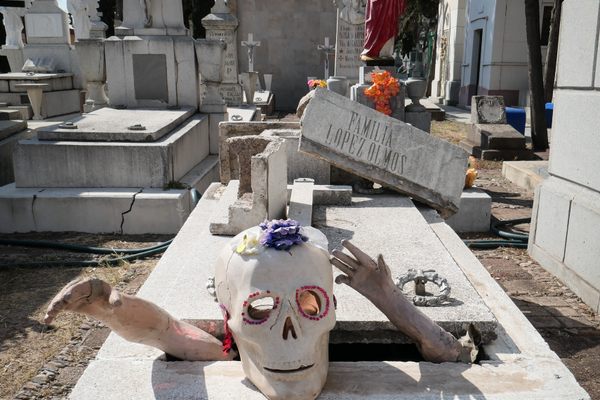

Follow us on Twitter to get the latest on the world's hidden wonders.
Like us on Facebook to get the latest on the world's hidden wonders.
Follow us on Twitter Like us on Facebook